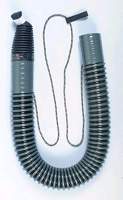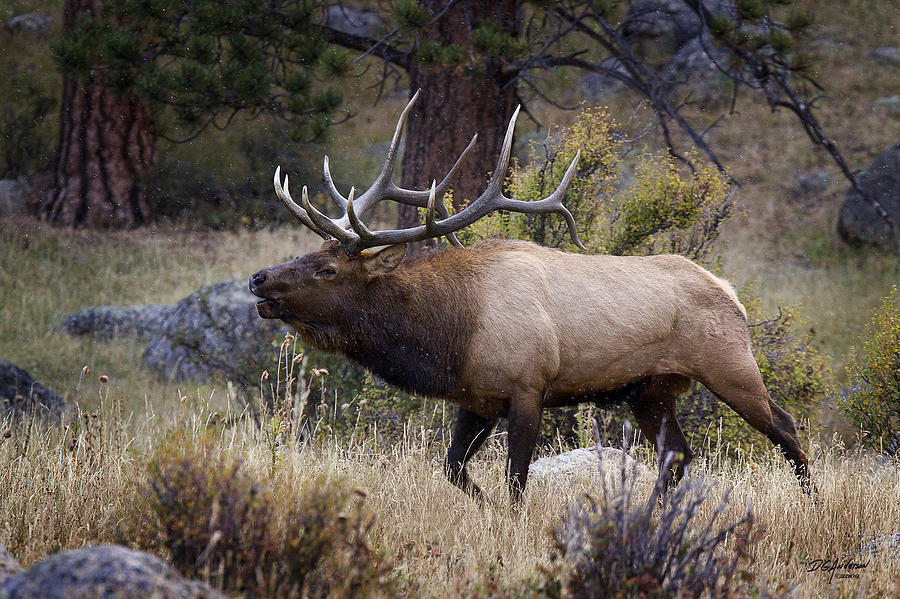

Really trying to step up the vocal game for this fall. I’ve bought a whole lot more diaphragms this year that I have ever before. some of them taste AWFUL!!! I really need to get in the habit of washing them first. At around 16 days the cow and calf will join the herd, and weaning is completed within 60 days.Įlk live 20 years or more in captivity but average 10–13 years in the wild.Do you manufacturers sprinkle some of your diaphragms with bitter-gag-powder or something? I have a dirty habit of ripping open the package and immediately popping the reed in my mouth to give it a try. Over a period of days, calves become increasingly mobile and can outrun many potential predators. Newborn calves are hiders, remaining immobile and hidden, with the cow visiting only to nurse and remove fecal material that could attract predators. The cow and her calf will live alone for several weeks.

A calf is typically mobile 1 hour after birth. After a gestation of about 8–9 months, cows give birth to a single calf twins are rare.Īt birth, calves weigh around 33–35 pounds and have whitish spots on their back and sides. In spring, pregnant female elk will typically leave groups and seek out calving habitat. Cow elk generally have their first young at 3 years of age. Still, during the breeding season males expend much energy guarding harems and may lose up to 17 percent of their body weight.Įlk breed during the fall, and young are born in early summer. Harem-holding bulls usually can scare off opponents with threat displays instead of aggressive and costly clashes.

Typically prime-age bulls (ages 5–9) hold harems, and younger and very old bulls remain on the outskirts of the group. Harems are usually made up of 1 bull and from a few to 25 females with their yearling calves, and are seasonal. A dominant bull advertises his presence to attract a “harem” of cows (he will breed with each cow in his harem) and to discourage other bulls from intruding. Pre-breeding sparring establishes dominance hierarchies that are rarely crossed afterward. Shortly before the fall rut (late September–mid-October), bulls lose the velvet on their antlers and begin to compete for females.
#Cow elk sounds audio plus#
Calf elk are recognizable until 3–5 months of age, when their spots are lost and a normal winter pelage is grown.Įlk are vocal mammals issuing a variety of calls and sounds, including the male's well-known screaming “bugle,” plus grunts, mews, and barks, as well as a “knuckle cracking” sound produced by the front legs when walking that is a means of maintaining contact when a herd is moving through heavy cover. Newborn elk young (calves) are spotted much like white-tailed deer. Elk have a light-colored rump and light tan or straw-colored short tail. A long, dark, shaggy mane hangs from the neck to the chest and is heaviest during winter.

The overall coloration is tan in the winter and reddish brown in the summer, and both males and females have a dark brown head, neck, legs, and belly. Antlers are shed from late winter to early spring.Įlk have two coats: a thick winter coat for insulation and a thinner summer coat. Antler size in elk increases with age up to 7 or 8 years and then plateaus subsequently antlers gradually decrease in size. Elk antlers have a different size and conformation than those of white-tailed deer, being much larger and sweeping backward rather than forward. Male elk (bulls) have antlers that are grown and shed annually females (cows) generally do not. Elk are the second largest member of the deer family (after the moose). A very large member of the deer family with a thick neck, long, slender legs, a long head, and large ears.


 0 kommentar(er)
0 kommentar(er)
